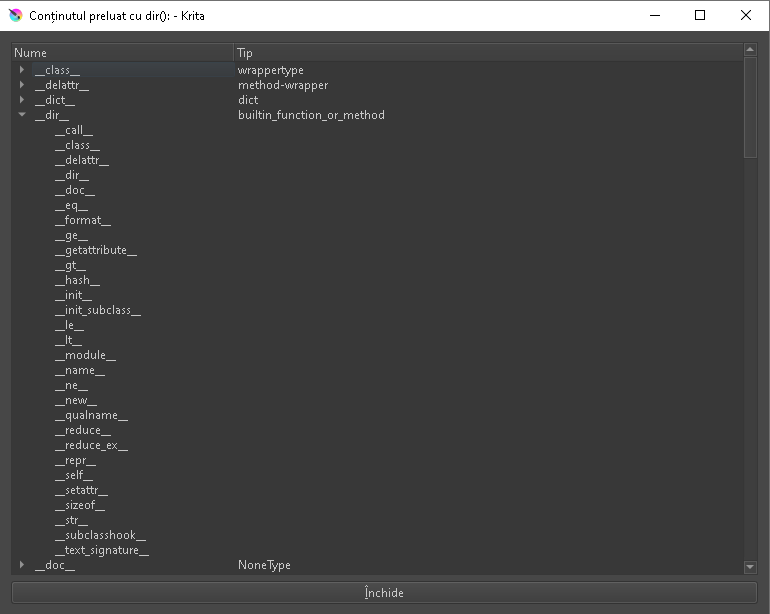Update with new URL with params, see the first tutorial:
from flask import Flask, request, jsonify, render_template_string
import sqlite3
from datetime import datetime
app = Flask(__name__)
# Clasa pentru serverul SQL
class SQLiteServer:
def __init__(self, db_name):
self.db_name = db_name
self.init_db()
def init_db(self):
conn = sqlite3.connect(self.db_name)
c = conn.cursor()
c.execute('''
CREATE TABLE IF NOT EXISTS users (
id INTEGER PRIMARY KEY,
first_name TEXT,
last_name TEXT,
occupation TEXT,
hobby TEXT,
year_of_birth INTEGER,
age INTEGER
)
''')
conn.commit()
conn.close()
def calculate_age(self, year_of_birth):
# Adjust year_of_birth if only two digits are provided
if len(str(year_of_birth)) == 2:
if year_of_birth > int(str(datetime.now().year)[-2:]):
year_of_birth += 1900
else:
year_of_birth += 2000
current_year = datetime.now().year
return current_year - year_of_birth
def add_user(self, first_name, last_name, occupation, hobby, year_of_birth):
age = self.calculate_age(year_of_birth)
conn = sqlite3.connect(self.db_name)
c = conn.cursor()
c.execute('''
INSERT INTO users (first_name, last_name, occupation, hobby, year_of_birth, age)
VALUES (?, ?, ?, ?, ?, ?)
''', (first_name, last_name, occupation, hobby, year_of_birth, age))
conn.commit()
conn.close()
def get_users(self):
conn = sqlite3.connect(self.db_name)
c = conn.cursor()
c.execute("SELECT * FROM users")
users = c.fetchall()
conn.close()
return users
def get_users_jsonify():
conn = sqlite3.connect('sqlite_database.db')
c = conn.cursor()
c.execute("SELECT * FROM users")
users = c.fetchall()
conn.close()
return jsonify(users)
# Clasa pentru serverul web
class WebServer:
def __init__(self, sqlite_server):
self.sqlite_server = sqlite_server
def run(self):
app.run(debug=True)
# adauga user si buton de redirect la pagina users
@app.route('/')
def index():
users = sqlite_server.get_users()
return render_template_string('''
<!DOCTYPE html>
<html lang="en">
<head>
<meta charset="UTF-8">
<meta name="viewport" content="width=device-width, initial-scale=1.0">
<title>Flask website for testing cypress with sqlite</title>
</head>
<body>
<h2>Add User</h2>
<form action="/add_user" method="post">
First Name: <input type="text" name="first_name"><br>
Last Name: <input type="text" name="last_name"><br>
Occupation: <input type="text" name="occupation"><br>
Hobby: <input type="text" name="hobby"><br>
Year of Birth: <input type="text" name="year_of_birth"><br>
<input type="submit" value="Add User">
</form>
<a href="http://127.0.0.1:5000/users"><button type="button">Show Users</button></a>
</body>
</html>
''', users=users)
@app.route('/add_user', methods=['POST'])
def add_user():
first_name = request.form['first_name']
last_name = request.form['last_name']
occupation = request.form['occupation']
hobby = request.form['hobby']
year_of_birth = int(request.form['year_of_birth'])
sqlite_server.add_user(first_name, last_name, occupation, hobby, year_of_birth)
return 'User added successfully! <a href="/">Go back</a>'
@app.route('/users', methods=['GET'])
def get_users():
query_type = request.args.get('query_type', 'simple')
conn = sqlite3.connect('sqlite_database.db')
c = conn.cursor()
try:
c.execute('SELECT name FROM sqlite_master WHERE type="table" AND name="users"')
if not c.fetchone():
return jsonify({"error": "Table 'users' does not exist"})
if query_type == 'advanced':
# Advanced query logic
first_name = request.args.get('first_name')
last_name = request.args.get('last_name')
occupation = request.args.get('occupation')
hobby = request.args.get('hobby')
year_of_birth = request.args.get('year_of_birth')
query = 'SELECT * FROM users WHERE 1=1'
params = []
# Exemple query simple
# Basic query: /users
# Simple query: /users?query_type=simple for simple selection
# Addvanced query: /users?query_type=advanced&first_name=John&occupation=Engineer for advanced querying
# Advanced query with name search: /users?query_type=advanced&first_name=John&last_name=Doe
# Query by occupation: /users?query_type=advanced&occupation=Engineer
# Query by hobby: /users?query_type=advanced&hobby=Reading
# Query by year of birth: /users?query_type=advanced&year_of_birth=1990
if first_name:
query += ' AND first_name LIKE ?'
params.append(f'%{first_name}%')
if last_name:
query += ' AND last_name LIKE ?'
params.append(f'%{last_name}%')
if occupation:
query += ' AND occupation LIKE ?'
params.append(f'%{occupation}%')
if hobby:
query += ' AND hobby LIKE ?'
params.append(f'%{hobby}%')
if year_of_birth:
query += ' AND year_of_birth = ?'
params.append(year_of_birth)
# Query by minimum age: /users?query_type=advanced&min_age=30
# Query by maximum age: /users?query_type=advanced&max_age=50
# Query with ordering: /users?query_type=advanced&order_by=last_name
# Query with limit: /users?query_type=advanced&limit=10
# Combined query: /users?query_type=advanced&first_name=John&occupation=Engineer&min_age=25&order_by=year_of_birth&limit=5
# Additional advanced query options
for param, value in request.args.items():
match param:
case 'min_age':
query += ' AND (? - year_of_birth) >= ?'
params.extend([datetime.now().year, int(value)])
case 'max_age':
query += ' AND (? - year_of_birth) <= ?'
params.extend([datetime.now().year, int(value)])
case 'order_by':
query += f' ORDER BY {value}'
case 'limit':
query += ' LIMIT ?'
params.append(int(value))
c.execute(query, params)
else:
# Simple query logic
c.execute('SELECT * FROM users')
users = c.fetchall()
except sqlite3.OperationalError as e:
return jsonify({"error": str(e)})
finally:
conn.close()
return jsonify(users)
# Instanțierea serverului SQL și a serverului web
sqlite_server = SQLiteServer('sqlite_database.db')
web_server = WebServer(sqlite_server)
if __name__ == '__main__':
web_server.run()





